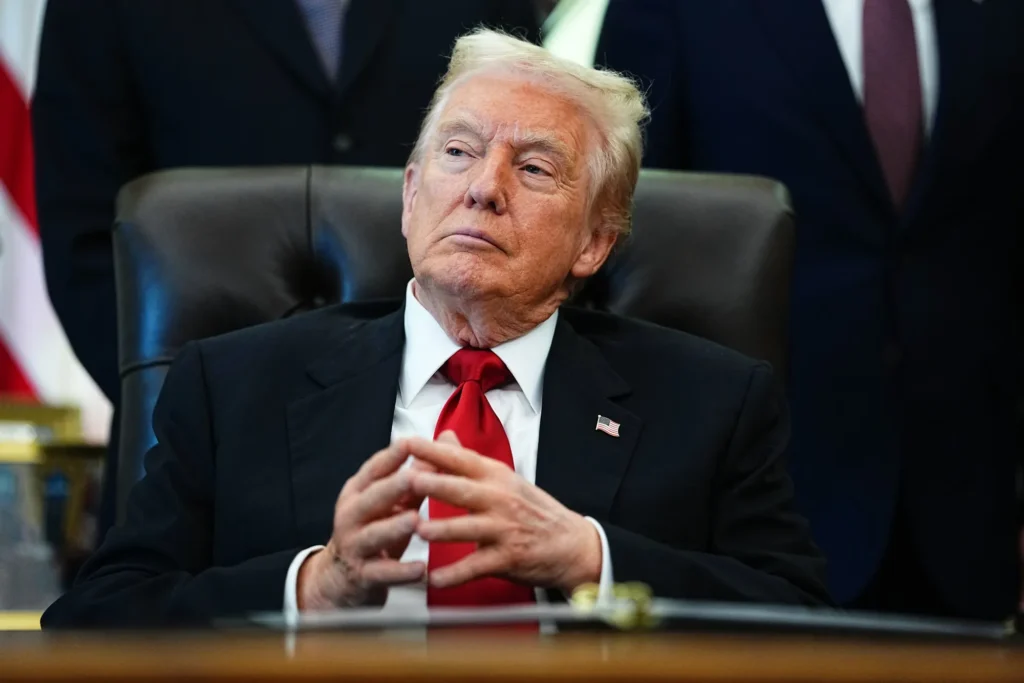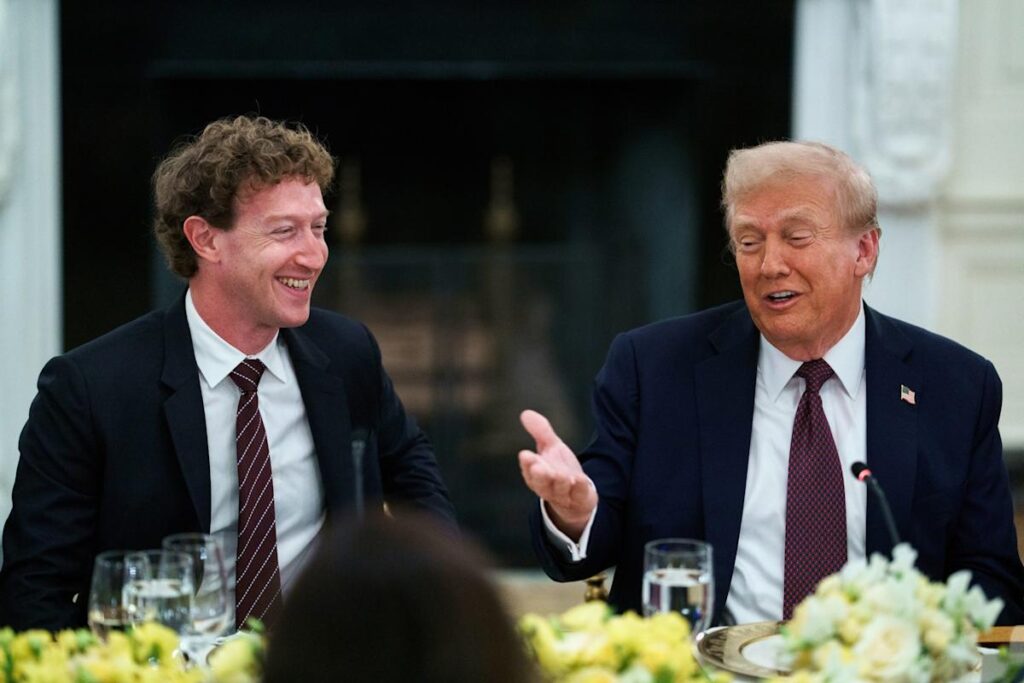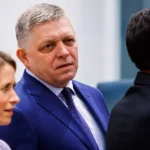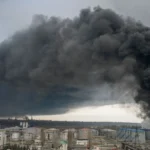Trump Orders Nuclear Weapons Trials in Response to Russian Tests, Raising Global Security Concerns
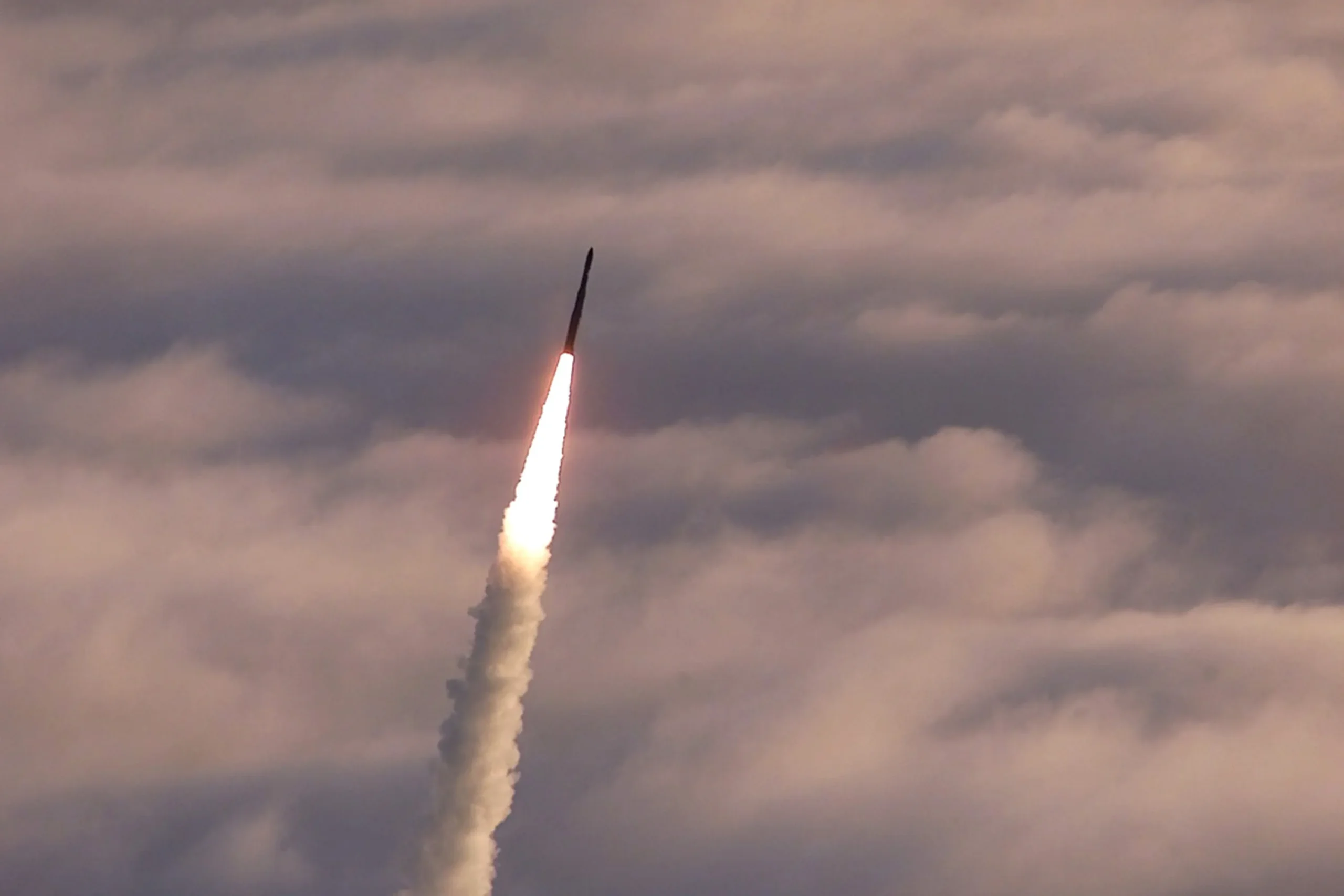
U.S. President Donald Trump has reportedly ordered a series of nuclear weapons trials following recent tests conducted by Russia, signaling an escalation in strategic posturing and raising questions about global nuclear stability. The announcement comes amid heightened tensions between Washington and Moscow, as both nations assess each other’s military capabilities in a rapidly evolving geopolitical landscape.
Trump’s decision underscores the continued focus on nuclear deterrence, even years after leaving the White House, and reflects ongoing concerns among U.S. policymakers and defense strategists about Russia’s expanding arsenal and evolving nuclear doctrine.
Russia’s Recent Nuclear Tests
Earlier this month, Russia conducted a series of tests of intermediate and long-range ballistic missiles, including demonstrations of hypersonic glide vehicles. The Kremlin described the tests as routine strategic exercises, aimed at ensuring the reliability and readiness of its nuclear forces.
- Russia’s Defense Ministry claimed the tests were part of annual drills designed to modernize the military and evaluate missile accuracy.
- International observers, however, expressed concern that the tests could destabilize the balance of power, particularly in light of ongoing tensions in Eastern Europe and NATO’s continued presence near Russian borders.
- U.S. intelligence agencies confirmed that the tests were successfully completed and noted that Russia appears to be accelerating its development of advanced nuclear systems, including multiple independently targetable reentry vehicles (MIRVs).
Trump’s Nuclear Orders: Scope and Intent
According to sources close to the former administration, Trump has called for a series of nuclear trials and readiness exercises across U.S. strategic commands, including:
- Testing of intercontinental ballistic missiles (ICBMs) in secure ranges within the continental U.S. and Pacific territories.
- Submarine-launched ballistic missile (SLBM) drills, emphasizing stealth and rapid deployment.
- Assessment of nuclear command, control, and communications systems to ensure operational readiness under potential cyber or kinetic attacks.
Trump’s advisors reportedly framed the trials as both a deterrent signal to Russia and a demonstration of U.S. commitment to maintaining a credible nuclear triad.
“We cannot afford to fall behind adversaries who are modernizing their arsenals,” Trump stated in a recent briefing. “America must remain ready to respond to any threat with the full strength of its strategic capabilities.”
Global Reactions and Concerns
The announcement of U.S. nuclear trials has triggered reactions from multiple quarters:
- Russia condemned the decision as a provocative move, accusing Washington of escalating the nuclear arms competition. Russian officials warned that the drills could force Moscow to accelerate its own testing and modernization programs, further heightening global tension.
- NATO allies have expressed cautious support for U.S. deterrence measures but emphasized the need for strategic stability and arms control negotiations to prevent accidental escalation.
- United Nations and non-proliferation experts warned that increased nuclear posturing could undermine existing treaties, such as the New START agreement, and potentially spark an arms race involving multiple nuclear powers.
The Strategic Context
The renewed focus on nuclear readiness comes amid a broader environment of geopolitical friction, including:
- Eastern European tensions, particularly along the Russia–Ukraine front, where conventional and missile forces have been in active conflict zones.
- China’s expanding nuclear capabilities, including testing of ICBMs capable of striking U.S. territory, which complicates global deterrence calculations.
- Cyber and space threats that could interfere with nuclear command-and-control systems, making operational trials more urgent.
Experts emphasize that the combination of advanced delivery systems, hypersonic technologies, and geopolitical volatility makes strategic messaging through trials a high-stakes game.
Potential Implications for Arms Control
Trump’s move comes at a time when nuclear arms control agreements are under strain. The New START treaty, which limits deployed strategic nuclear warheads between the U.S. and Russia, is set to expire in 2026 unless extended or replaced.
- Critics argue that unilateral nuclear trials could jeopardize future negotiations and make diplomatic resolutions more difficult.
- Proponents contend that demonstrating readiness is essential to maintaining credible deterrence, particularly against nations perceived to be violating international norms.
The current situation highlights the delicate balance between maintaining a credible nuclear posture and avoiding a spiral of escalation that could threaten global security.
Domestic and Political Implications
Domestically, Trump’s announcement is likely to ignite debate over nuclear policy, defense spending, and executive authority. Key considerations include:
- Congressional oversight of nuclear tests and military expenditures.
- Public opinion on the risks and costs associated with heightened nuclear readiness.
- The political optics of escalating tensions with Russia, particularly in the context of midterm elections and ongoing debates over U.S. foreign policy priorities.
Analysts note that Trump’s approach aligns with his historical stance on strengthening military deterrence, signaling to both domestic and international audiences that he prioritizes strategic dominance over diplomatic restraint.
Expert Analysis
Strategic experts have offered mixed perspectives on the move:
- Supporters argue that rigorous trials are necessary to ensure the reliability of the U.S. nuclear arsenal, prevent technological surprises, and maintain credible deterrence against adversaries.
- Critics warn that publicizing such trials can provoke reciprocal actions from other nuclear powers, increasing the risk of miscalculation or accidental escalation.
- Arms control advocates stress the need for renewed multilateral dialogue to prevent a new nuclear arms race, noting that stability depends as much on communication and verification as on military readiness.
Looking Ahead
The coming weeks are expected to be critical in shaping the U.S.–Russia nuclear relationship:
- Nuclear trial schedules and outcomes will be closely monitored by Moscow, Beijing, and NATO allies.
- Diplomatic channels may see renewed pressure for talks to mitigate the risks of escalation.
- Global markets and energy security could also be affected, as heightened geopolitical risk tends to drive volatility in commodities and defense sectors.
Experts emphasize that while the trials are designed to strengthen deterrence, they also carry significant geopolitical risk, and careful management will be required to avoid unintended consequences.
Conclusion
Donald Trump’s directive to conduct nuclear weapons trials in response to Russia’s missile tests represents a major moment in global security dynamics. It underscores the fragile balance of deterrence in the nuclear age, highlights tensions between strategic readiness and arms control, and signals the continued prominence of nuclear issues in U.S. foreign policy.
As the world watches closely, the question remains whether these trials will reinforce stability through deterrence or ignite a dangerous cycle of escalation. One thing is certain: the stakes for global security could not be higher.



